Humpback whales return after almost becoming extinct
- Published
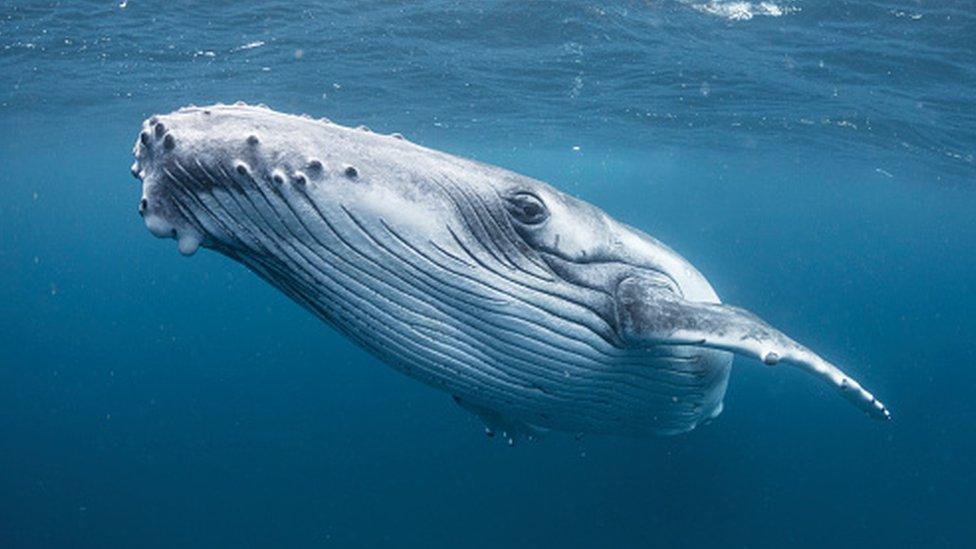
Humpback whales have almost made a complete recovery after nearly going extinct
Humpback whales, which were once on the verge of extinction, have made a positive return as their numbers have risen.
A new study suggests that humpback whale numbers are just short of 25,000 individuals which is close to where they used to be!
It is estimated that there were once 27,000 of these unique whales which swam freely around the southwest Atlantic.
However, this total sadly fell to a few hundred between 1904 and 1920.
Why did humpback whales almost go extinct?
Companies used to hunt whales to sell the things that come from them, like meat, oil and blubber.
Humpback whales are migratory, which means that they move around depending on what time of the year it is.
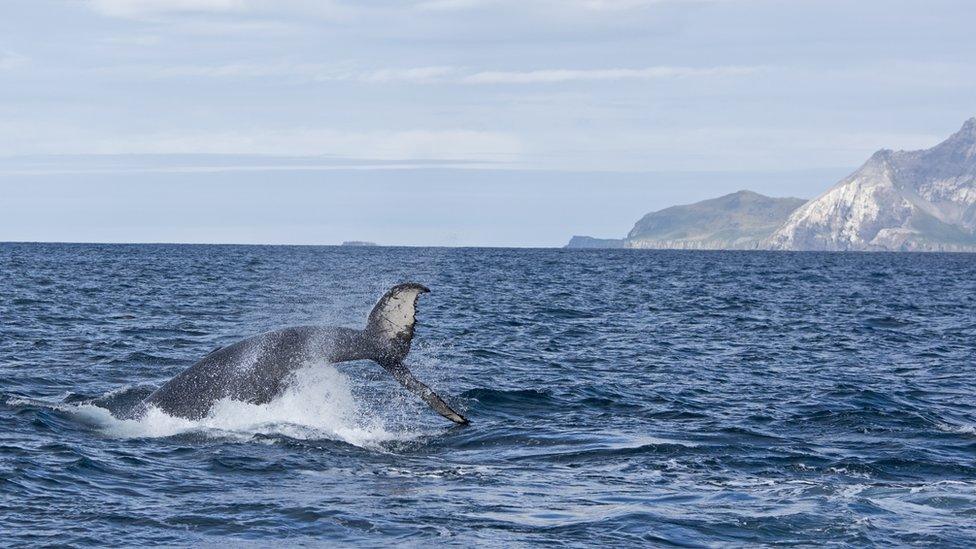
Humpbacks spend half of the year in the southwest Antarctic and the other half off Brazil's coast
This group tend to spend their summers close to southwest Antarctic and Antarctic waters, where there is plenty of food for them to eat.
In the winter they return to warmer waters towards the coast of Brazil to breed and give birth.
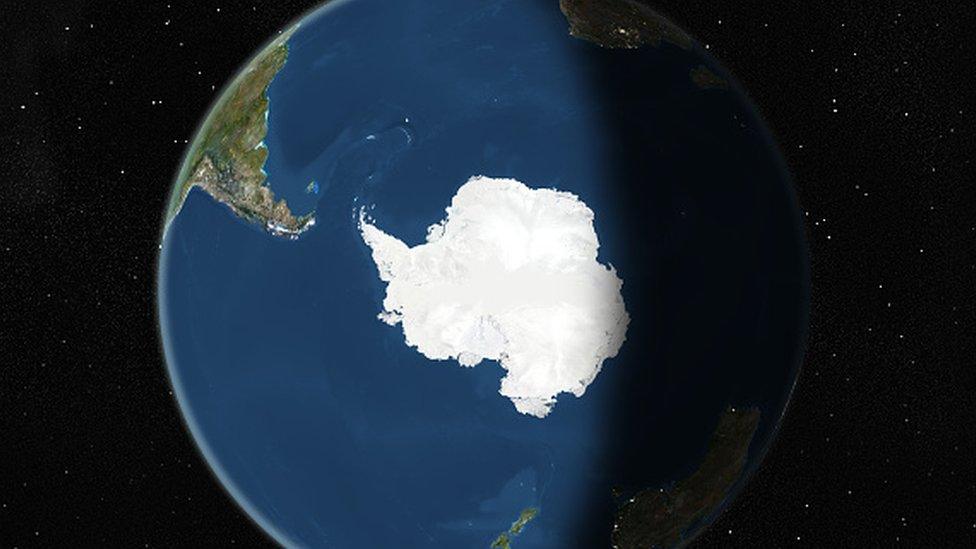
Humpbacks were captured in South Georgia between southwest Antarctic and south America
As the whales travelled down south for their feed, they were brought into contact with the industrial fishery based in South Georgia from 1904.
Humpbacks were hunted by the fishery and as a result their numbers quickly fell and they became extremely rare by the late 1920s.
Why have their numbers risen?
The humpbacks were protected from the 1960s which meant that it was likely that the whales' would have started to see a recovery from the early 1970s.
However, Dr Alex Zerbini, who is the author of the report from the National Marine Fisheries Service, said that "it wasn't until we did the first proper assessment at the start of the 2000s we realised just how well they were recovering".
Marine biologists have been recording their return by observing their presence in the oceans, and by surveys from ships and planes off Brazil.
How will this effect the ecosystem?
Even though the return of humpbacks seems like a positive story there is a possibility that the increased numbers in the southwest Atlantic area could effect the ecosystem dynamics.
This means that a change in the number of one species could effect other species who are living in the same area.
For example, as a result of there being more humpbacks, there will be more competition for food.
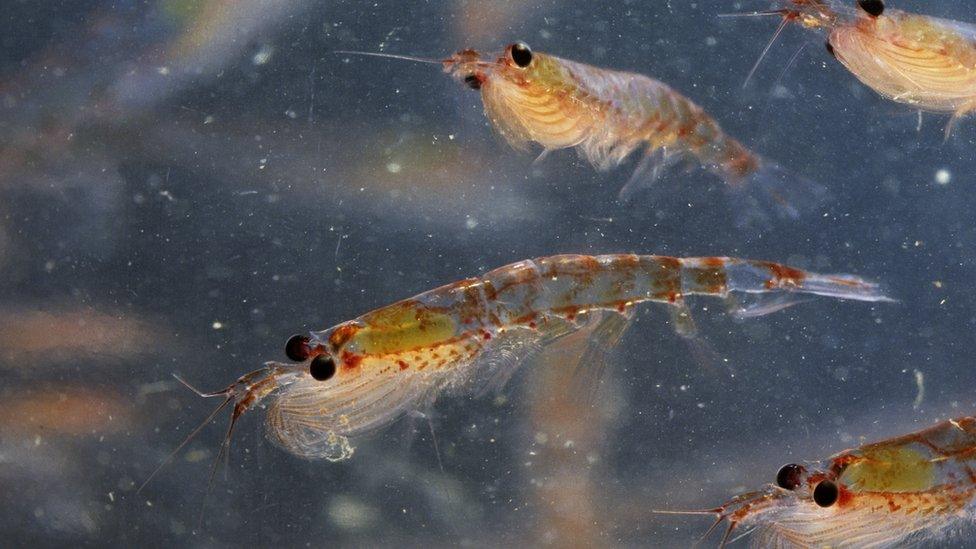
Humpbacks travel to southwest Antarctica to eat krill
The food that they usually eat are krill a tiny form of crustacean.
However whales are not the only animals in the area that eat krill, penguins and fur seals also eat them so there could be less food to go around.
- Published5 August 2019
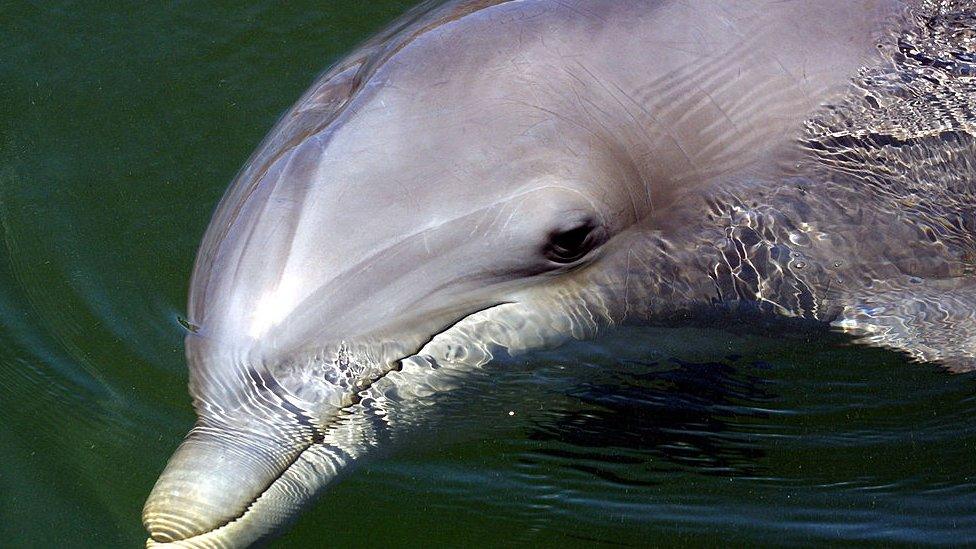
- Published8 October 2019
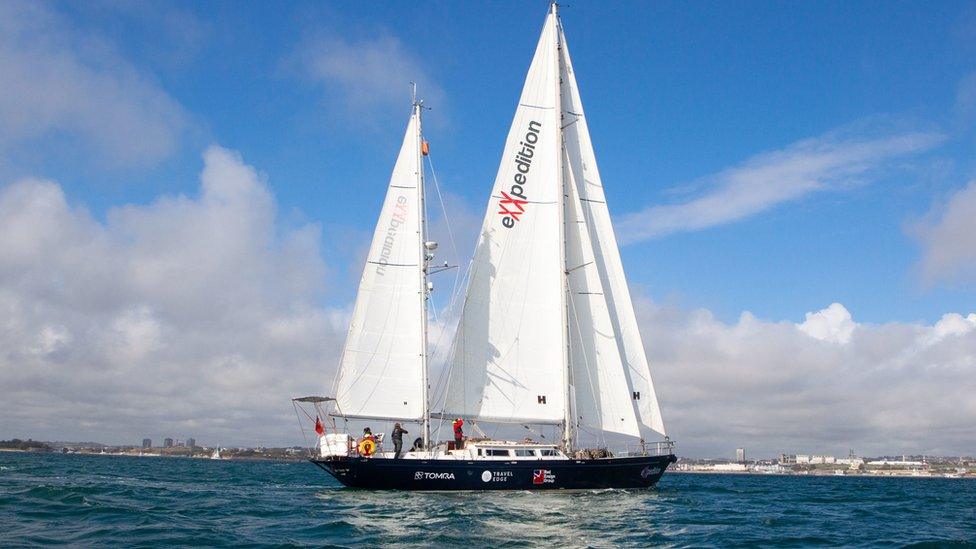
- Published28 September 2019

